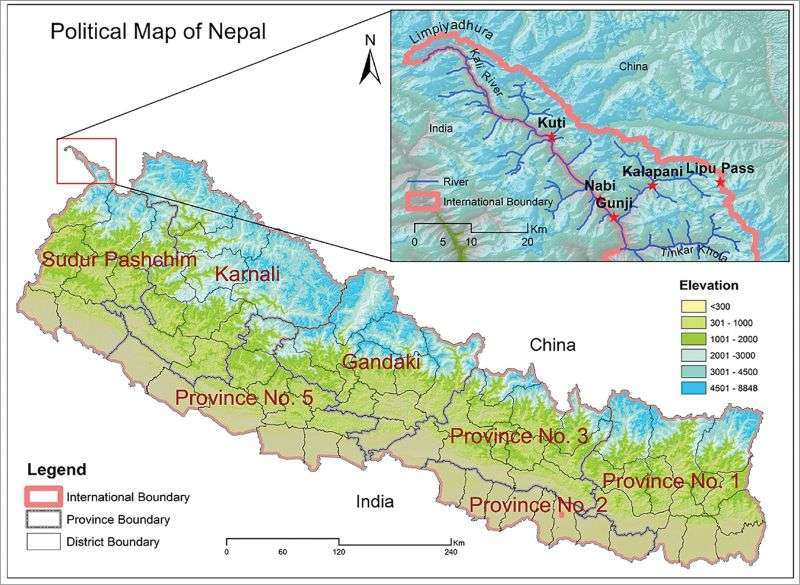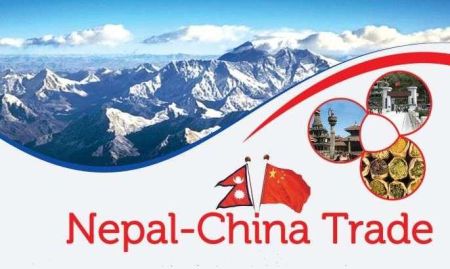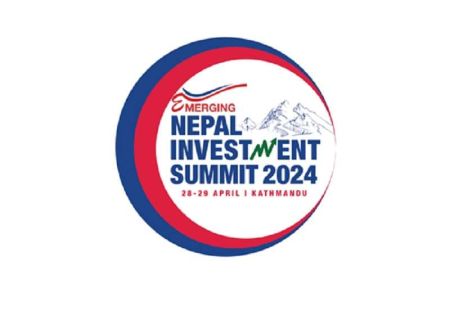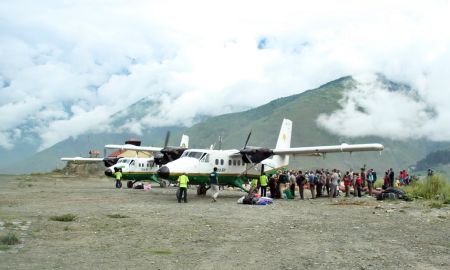The way the government handles this delicate issue of border dispute between Nepal and India is a test for Prime Minister Oli to show how strong he is to keep his words.
--BY Vishwash Thapa
The issue of Kalapani, the area in the northwestern most corner of Nepal encroached by India, has been raised sharply yet again after India issued a new political map following the scrapping of the special status of its Kashmir region. The updated Indian map released on November 2 includes Kalapani as its integral part though the available facts prove that the land covering an area of 395 square kms is Nepal’s territory without any doubt.
The student wings of different political parties took to the streets immediately after reports about the modified Indian map surfaced, demanding the southern neighbour return the land unconditionally. People who were not on the roads used social media to vent their ire. Probably because of the increasing public pressure, the government, unlike in the past, publicly expressed its dissatisfaction over the Indian map.
Four days after the map was release, the Ministry of Foreign Affairs released a press statement objecting to the inclusion of Kalapani, Lipulekh, and Limpiyadhara on the Indian map. Through the strong-worded statement, it said that the Nepal government firmly believes that Kalapani is very much a part of Nepal. A week after the controversial map was released, Prime Minister KP Sharma Oli called an all-party meeting to decide on the course Nepal government needs to adopt regarding the sensitive border issue.
The meeting was called after the Indian government reiterated that the map was perfect and only incorporated an area that belonged to it. Despite widespread criticism in Nepal, Raveesh Kumar, spokesperson at Indian External Affairs Ministry, on November 7, claimed the map is accurate in depicting the sovereign territory of India.
“The new map has in no manner revised our boundary with Nepal. The boundary delineation exercise with Nepal is ongoing under the existing mechanism. We reiterate our commitment to finding a solution through dialogue in the spirit of our close and friendly bilateral relations. At the same time, both countries should guard against vested interests trying to create differences between our two countries,” said Kumar in a regular press meet.
The border between the two countries was determined by the Suguali Treaty Nepal signed with the then East India Company in 1816. Article 5 of the treaty said, Kalapani, the origin of the Mahakali River as the north-western corner of Nepal.
According to the 1816 Sugauli Treaty (Article 5) signed between the East India Company and Nepal, the Kali river was treated as the western border between the East India Company and Nepal.
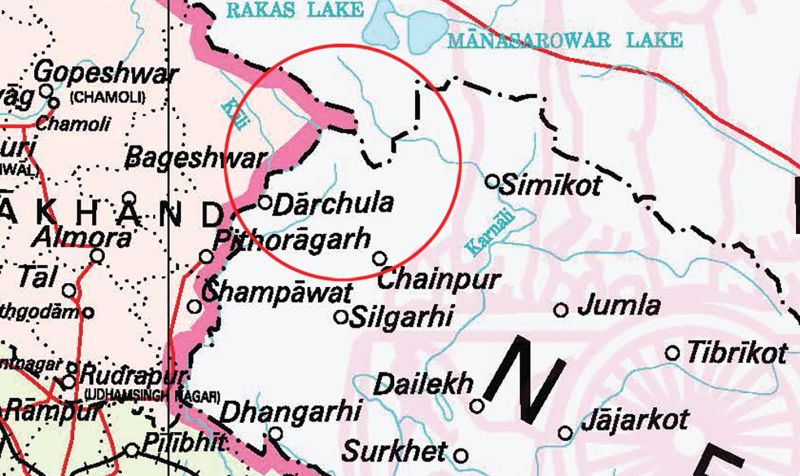
According to Buddhi Narayan Shrestha, a border expert who retired as Director General of Survey Department, the encroachment started from Limpiyadhura, which gradually moved to Lipulekh and Kalapani. He said India, after the war against China in 1962, stationed its army troops in the area who have never gone away.
There is evidence that the people of the territory claimed by Nepal, had voted in the first-ever general elections of Nepal held in 1959. Bhairab Risal, a veteran journalist, has publicly said he was one of the enumerators to have travelled to the area for the national census two years later. Experts say India has been naming different places as the origin of the Kali River in an attempt to occupy Nepal’s territory.
Recently, even China has joined the league as it agreed to build a bilateral trade corridor through Lipulekh without consent from Nepal. The agreement issued during Indian Prime Minister Narendra Modi’s visit to China in May 2015 said, “The two sides agreed to hold negotiation on augmenting the list of traded commodities, and expand border trade at Nathu La, Qiangla/Lipu-Lekh Pass and Shipki La.” Nepal has opposed the bilateral agreement between India and China on Lipulekh as it is against the provisions of the 1816 Sugauli Treaty.
The controversy over the Sino-India bilateral agreement has yet again come to the forefront following India’s move to release a new map. The Chinese side, however, is not willing to take the blame. Issuing a press statement on November 14, the Chinese Embassy in Nepal said it wishes Nepal and India could solve their territorial disputes on Kalapani through friendly consultations and negotiations.
China and Nepal signed the Boundary Treaty in 1961, and the boundary has been delimited and demarcated. In October this year, President Xi Jinping had a successful state visit to Nepal.
During the visit, the two sides signed the Agreement on the Boundary Management System. “China is willing to further strengthen cooperation with the Nepali side on boundary affairs to avoid interference from the outside and promote common development,” the statement further said.
A number of governments have been formed and have gone since India started to claim the Nepali land. It became a crucial party agenda when they were outside the government but made no serious attempt to resolve the issue whenever they were in government.
This time, seemingly all the parties—including the ruling and opposition—seem to have the same position when it comes to resolving the issue, though the opposition is making the strong comment.
After issuing a press statement in objection to the map, Nepal government on November 21 sent a diplomatic note through the Ministry of Foreign Affairs to India, expressing disagreement with the new political map. This is a welcome diplomatic attempt the Nepal government has made to bring the issue to the notice of the Indian side.
For a couple of days, after the map was released, the student and youth wings of the major political parties resorted to demonstrations against the Indian government’s move. While it is understandable for the youths to take the issue to the streets, the onus of the solution in issues like Kalapani lies in diplomatic dealings. The problem cannot be resolved overnight. It needs regular follow-up and diplomatic pressure.
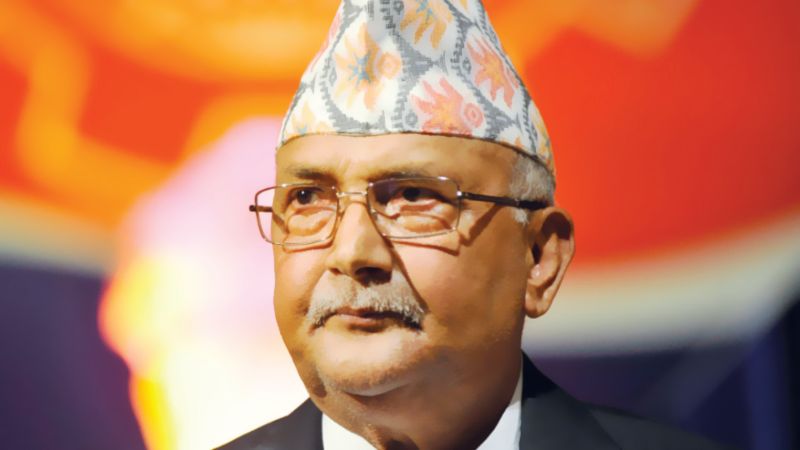
The Nepali Congress has been asking the KP Sharma Oli government to expedite the process and ensure Nepal gets back its sovereign land. It is the duty of the opposition to make sure the government is not lost within its comfort zone. However, this is a sensitive issue that needs to be dealt with sensitively so as not to antagonise the southern neighbor.
A majority of the cross-party leaders, including former prime ministers and the foreign ministers present in the all-party meeting called by Oli had said diplomatic dealing is the only way to resolve the issue. Nepali Congress President Sher Bahadur Deuba and other leaders from the party had conveyed a similar message in the meeting. Therefore, it is also the duty of the main opposition to ensure it won't be provocative in the name of pressurising the government.
PM Oli and his ministers have said the government has raised the issue with the Indian side and finding its solution is very much on its agenda.
In his interview to a private television on Monday, Oli said there will be talks at different levels to reclaim Nepal’s land. “If that remains unresolved there would be talks at the prime minister level,” he said, indicating that he will be talking to Modi on the matter. If his statements are anything to go by, he is on the right track. The people are watching him closely to see if he walks the talk.


